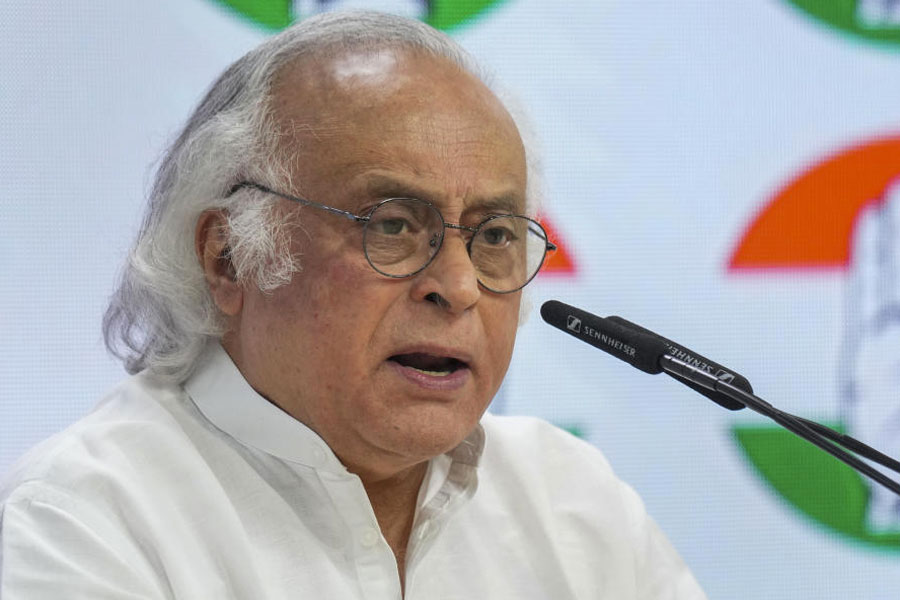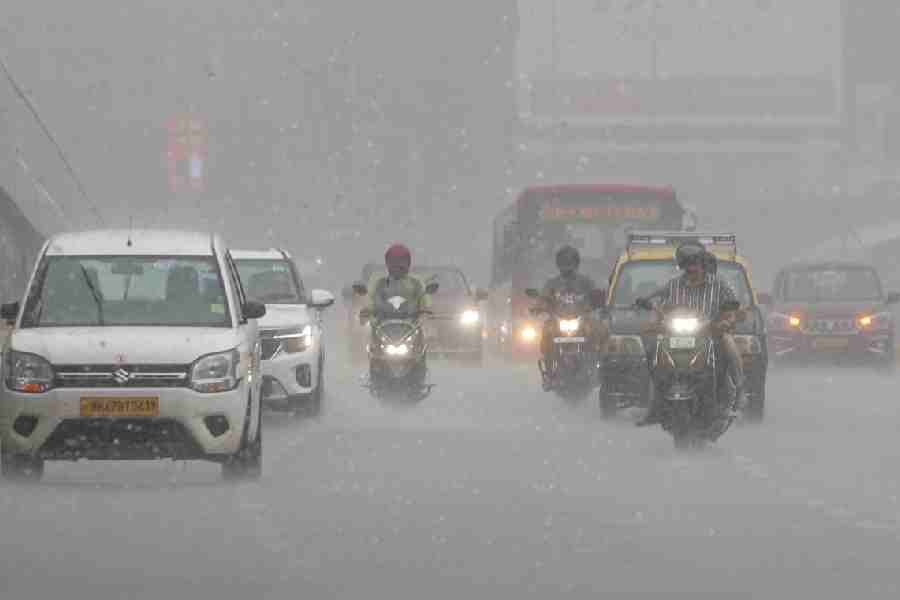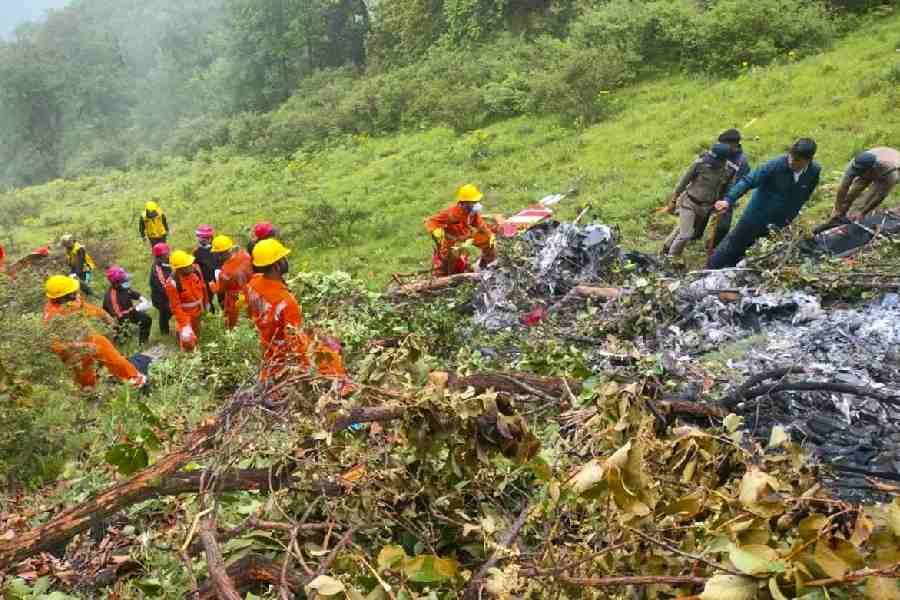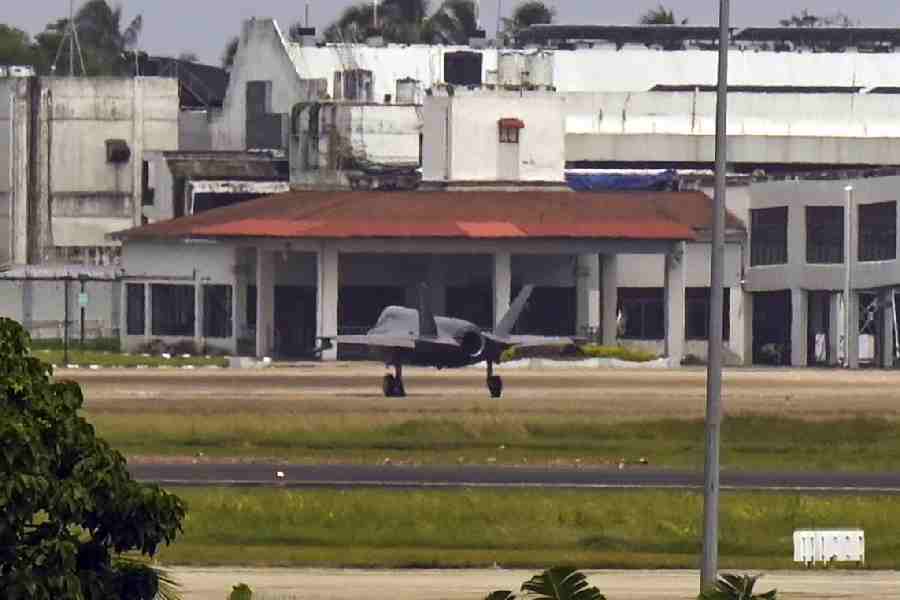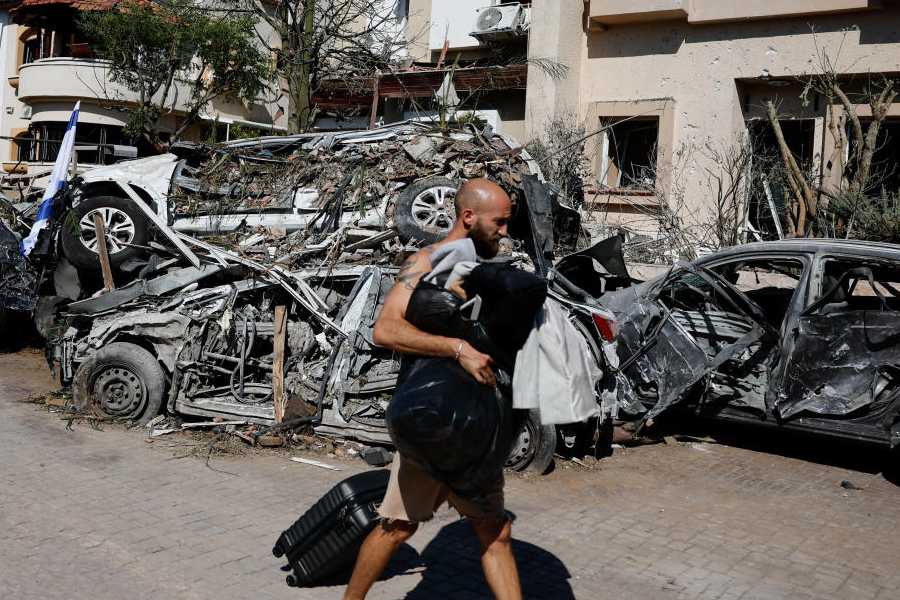|
|
| Sam Manekshaw: finest hour |
LEADERSHIP IN THE INDIAN ARMY: BIOGRAPHIES OF TWELVE SOLDIERS
By V.K. Singh,
Sage, Rs 450
According to Stephen Cohen, Indian officers excel in one aspect of professionalism which involves subordination to the civilian authority. The other component of professionalism involves the art of waging war. Most foreign scholars accept the view that the Indian officers? capacity for shaping combat is substandard. Military officers of independent India have continued to write ?blood-and-guts? history, which projects the heroism of several regimental officers at various battlefields.
The book by Major-General V.K. Singh is a break from the past. Instead of providing a narrative account, Singh tackles the question of leadership in the Indian army by analysing twelve commanders. Among them are India?s two Field Marshals, one General, eight Lieutenant-Generals and one Brigadier. While admitting that it is difficult to select twelve commanders out of several hundreds, the author would have done better to explain his selection. It would be interesting to know why fire-eaters like Lieutenant-General Harbakhsh Singh, theorists like Major-General ?Monty? Palit and General K.S. Sundarji, and tank experts like General Jayanta Nath Chaudhury have been left out.
Unlike American officers, Indian officers are not afraid to die while leading their men against enemy positions. This trait is best exemplified in Brigadier Mohammad Usman?s career. Singh shows that after Partition, Usman, despite being a Muslim, refused to join the Pakistan army. And he died while fighting the raiders in Kashmir during the 1947-48 war.
One of the few institutions of independent India that remain secular in the truest sense of the term is the armed force. Unfortunately, other than Usman, no Muslim commander features in the book, raising disturbing questions regarding the promotion policy in the army.
While dealing with Field Marshal K.M. Cariappa, Singh reiterates the dominant view in the Indian military establishment that if Nehru allowed the Indian army to continue the war in 1948, India would have been able to wrest Kashmir totally from Pakistan. However, a retired diplomat notes in a recent monograph on the Kashmir imbroglio that Nehru was forced to go to the UN, frustrated with the army?s stalling tactics. Harbakhsh Singh says about the leadership capabilities of Cariappa that he was a desk general. The author might disagree, but he ought to have engaged with the contrary views.
India?s most charismatic commander is probably Field Marshal Sam Manekshaw, and 1971 India?s finest hour. Singh describes him as the architect of India?s victory over Pakistan. Manekshaw deserves praise for forcing Indira Gandhi to delay starting the war till December 1971. But to give a balanced view, his failure to plan the capture of Dhaka points to his weakness as a theatre-level planner.
One of the most famous armoured commanders of the Indian army was Lieutenant-General Hanut Singh. But it is historically incorrect to compare him with the panzer knights of the Wehrmacht. Both in 1965 and in 1971, the Indian tank formations failed to conduct mobile warfare.
Biographies of generals, though common in British historiography, remain uncommon in Indian military history. V.K. Singh deserves credit for launching this genre. But why does he not point out both the strengths and limitations of the commanders he discusses?



